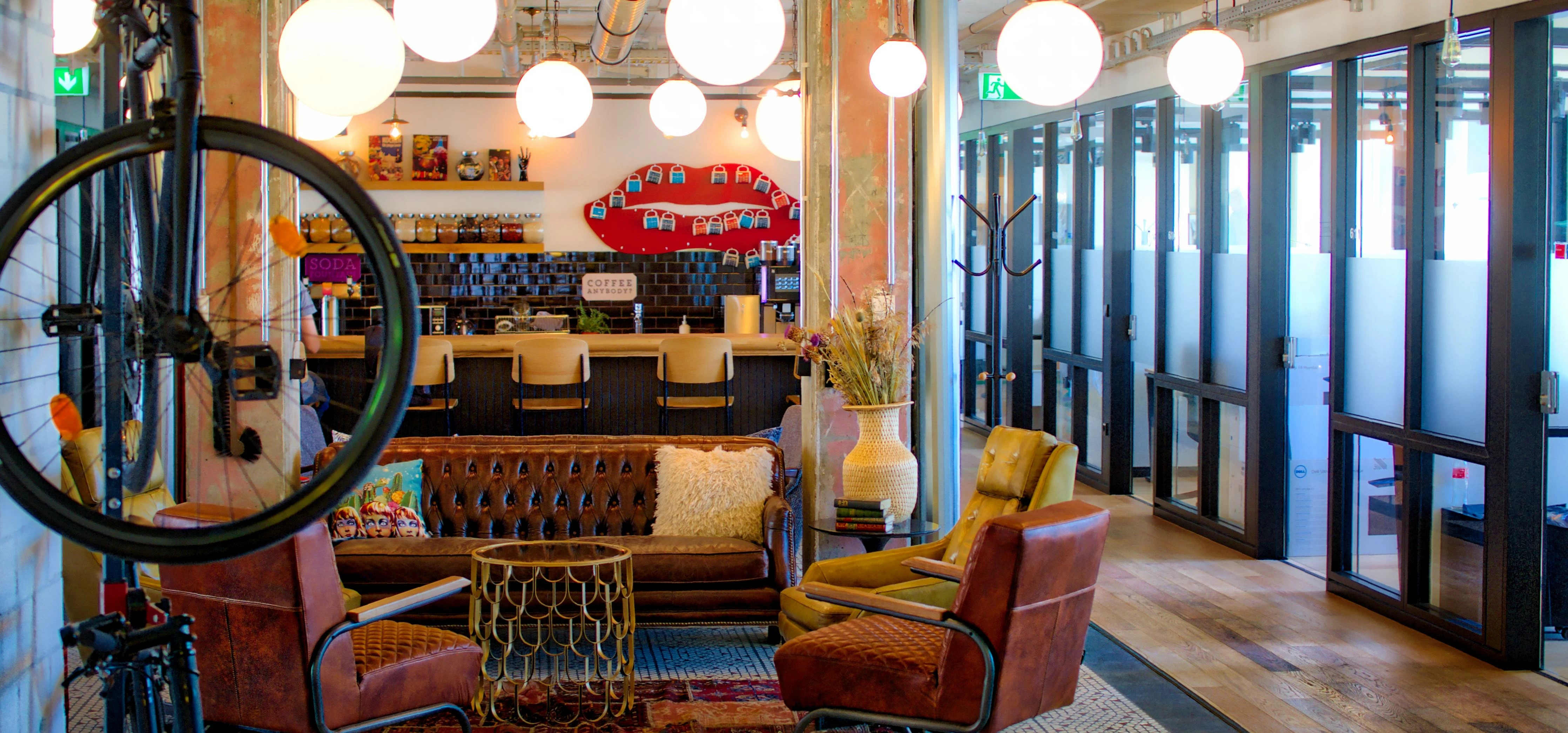
Partner Article
Balancing practicality, productivity and office design
The impact of office design on productivity and wellbeing is undeniable, but while many business leaders are motivated to adapt the working environment and maximise staff performance, balancing practicality and design can often be a challenge.
The introduction of flexible working solutions is going from strength to strength, with research from the Institute of Facilities Management suggesting that 55 per cent of businesses have increased the number of employees working in unassigned or collective working spaces over the past year.
For new occupational design solutions to be implemented effectively, business leaders must take an objective view on how to best incorporate these changes in a way that is cost-effective, efficient and to the benefit of employees.
Hot desking
Eradicating the need for permanent working terminals for each employee, the provision for staff to ‘hot-desk’ has become increasingly popular in recent years.
Often most suitable for organisations with a large contingent of flexible workers who regularly work offsite or remotely, hot desking removes the amount of ‘dead space’ within an office by allowing employees to move workstations freely and arrange themselves depending on which of their colleagues is in the office on any given day.
The square-footage which was previously occupied with empty desks can then be converted to fill a more suitable purpose or facilitate company growth.
Although hot desking is a popular solution for many firms looking to assuage the effects of rising office rents, while also boosting productivity by encouraging collaborative thinking and improved networking between staff, it is not without its challenges.
For some employees, this regular movement may evoke feelings of displacement or a lack of working cohesion with team members. These effects can be negated through the installation of familiar communal areas such as staff break rooms, discussion booths or collaborative working spaces that employees can visit at their convenience.
Hot desking also presents a much more practical dilemma - without a permanent workstation, employees do not have anywhere to store their belongings on a medium to long-term basis. Rather than requiring staff to manually transport their electronic equipment and files to and from the office on a daily basis, individuals should be supplied with private storage lockers, providing a convenient and secure space to keep their possessions.
Sit-stand desks
Another trend currently permeating the office furniture market is the use of sit-stand desks. Fully adjustable, they allow employees to work in a traditional sitting position or a standing height comfortable for them, reducing physical inactivity.
From a health perspective, the justification for their use is compelling; a recent report from Public Health England revealed that sitting down for extended periods increases the risk of obesity, heart disease and stroke.
However, while they can improve employee health and wellbeing, sit-stand desks are considerably more expensive than their traditional counterparts, and staff preferences should be considered before purchase.
For example, having a proportion of sit-stand desks which are used on a rotational basis may prove a more effective use of budget, with preference being given to employees with existing health conditions or those in job roles where standing is proven to improve performance, such as sales.
Failing to gauge employee preferences could lead to sit-stand desks being kept in a permanent seating position, negating their beneficial health effects and representing a poor practical investment.
In the quest for a more productive and motivated workforce, business leaders must be sure to balance an eagerness to adopt the latest design trends with fulfilling the practical needs of employees. Achieving staff buy-in while also adhering to budget and space constraints is key in creating an appealing workplace, which is both aesthetically pleasing and fit for purpose.
Paula Marshall is head of furniture category sales at business solutions provider Office Depot
This was posted in Bdaily's Members' News section by Office Depot .
Enjoy the read? Get Bdaily delivered.
Sign up to receive our popular morning National email for free.








 Apprenticeships: Lower standards risk safety
Apprenticeships: Lower standards risk safety
 Keeping it reel: Creating video in an authenticity era
Keeping it reel: Creating video in an authenticity era
 Budget: Creating a more vibrant market economy
Budget: Creating a more vibrant market economy
 Celebrating excellence and community support
Celebrating excellence and community support
 The value of nurturing homegrown innovation
The value of nurturing homegrown innovation
 A dynamic, fair and innovative economy
A dynamic, fair and innovative economy
 Navigating the property investment market
Navigating the property investment market
 Have stock markets peaked? Tune out the noise
Have stock markets peaked? Tune out the noise
 Will the Employment Rights Bill cost too much?
Will the Employment Rights Bill cost too much?
 A game-changing move for digital-first innovators
A game-changing move for digital-first innovators
 Confidence the missing ingredient for growth
Confidence the missing ingredient for growth
 Global event supercharges North East screen sector
Global event supercharges North East screen sector